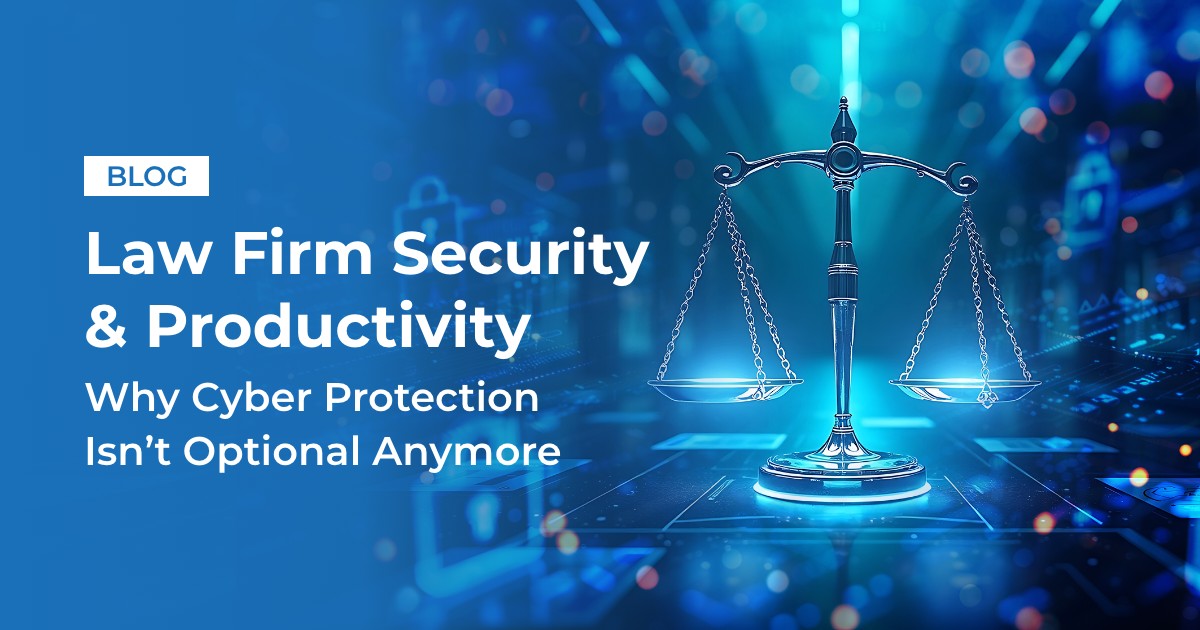 Technology has transformed not only the way we do business with each other, globally, but the way we communicate and interact together. In every way that matters, technology has, and will continue for the foreseeable future to change the very fabric of the world around us. It has not, however, done that evenly. There are digital fault lines in the world of tech, and they present enormous, ongoing challenges for those working in the tech sphere. Creating solutions to mend those fault lines will be one of the greatest challenges our generation faces.
Technology has transformed not only the way we do business with each other, globally, but the way we communicate and interact together. In every way that matters, technology has, and will continue for the foreseeable future to change the very fabric of the world around us. It has not, however, done that evenly. There are digital fault lines in the world of tech, and they present enormous, ongoing challenges for those working in the tech sphere. Creating solutions to mend those fault lines will be one of the greatest challenges our generation faces.
What Are the Fault Lines?
There are two primary fault lines that have been identified, globally. The first is unevenness in access, and the second is trust. Both of those and their implications will be outlined in more detail below.
The first major fault line identified is in the unevenness of access. Currently, only two billion of the world’s 7.3 billion people are able to access the internet. Given the power of the World Wide Web as a platform for sharing, collaboration, and knowledge, this is creating an ever-widening gulf between digital haves and have-nots that is degrading long-term, global growth potential.
There is perhaps no greater or more important issue that needs to be addressed than this. Given the vast educational and informational resources freely available online, ensuring access to all at prices people can afford, wherever they are in the world is a crucial step toward improving educational standards, globally, which in turn, is one of the key foundations to enhancing prosperity on a global scale.
The second issue concerns matters of trust. We see this manifested in things like Yahoo’s email privacy policy. Embedded deep within it, in a policy document that few are ever likely to actually read, is a clause that says that by using Yahoo’s email, you give the company the right to read your emails without telling you. Further, you give them the right to track incoming emails back to their senders and read their emails too, and it’s your responsibility to let everyone sending you mail know about this policy. It’s rather difficult to build or maintain trust with the big names on the web when policies like this exist.
Most companies defend these and similar practices by insisting that consumers can simply opt out. What they fail to admit, however, is that opting out is never mentioned upfront, and generally the process for doing so is a convoluted, multi-step process. Worse, many internet-based companies have clauses embedded in those same terms of service that inform users that they’ll sell their personal information to third-party vendors without consumers’ knowledge or consent. Is it any wonder that increasingly consumers are finding it difficult to trust vendors that do business on the web?
These are serious issues, with big implications for any company wanting to do business online. There’s money to be made in solving for both, which is why you’re seeing so many tech giants moving to make investments to bring broadband connectivity to the whole of the planet. When they succeed, and they will, it will help to usher in a new era of prosperity and opportunity. Make sure you’re positioned to get in on it.




